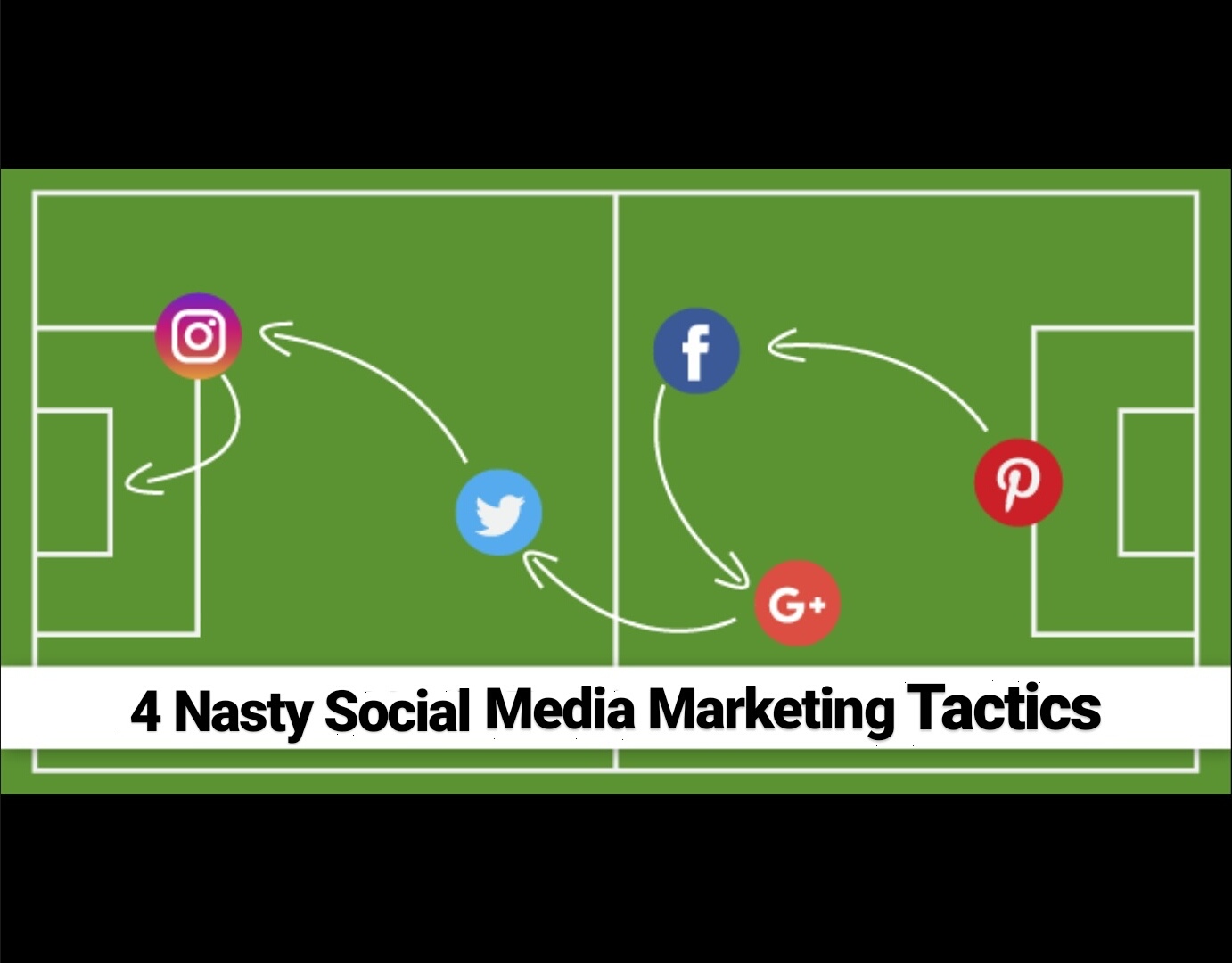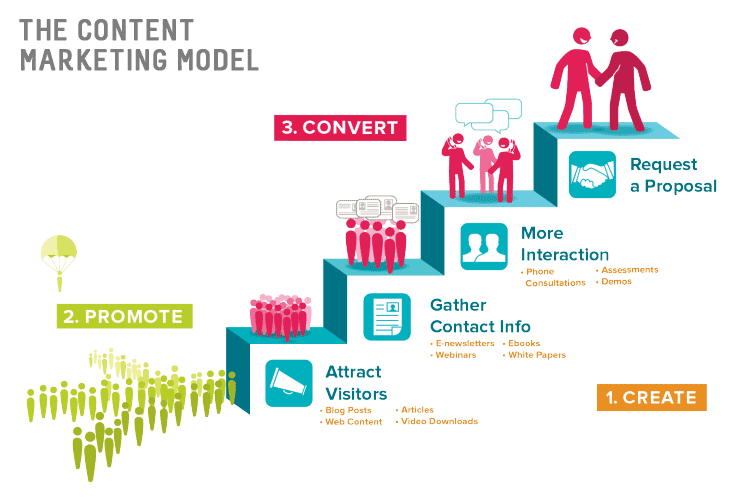
If you want to learn how Facebook marketing works, the first step is to decide which type of audience you wish to target. You have the option to target lookalike or custom audiences as well as both. Engaging ads are also important. This article will help you do this. Next, create your Facebook advertisement. Once you have an audience, you can then create a conversion advert.
Creating a Facebook ad
Before you use Facebook ads to market your business, here are some things that you should know. You must first decide on your budget. You can decide on a daily budget or for the whole campaign. You need to know how much you are willing to spend per day to reach your target audience. Facebook allows you the option to set either a Daily Budget (or a Lifetime Budget). The daily budget is the estimated amount of money you will spend on your Facebook ad every day. Once you have set your budget, you can let Facebook do the rest.
How to make your audience look like yours
Facebook allows you to create a lookalike market. This is a great way of targeting elusive customers. You could, for instance, create a custom audience of automobile buyers based upon your customer list if your company is a specialist in selling them. You will need to manually update this list from time to time. If you plan to expand your business into a new country, or region, lookalike audiences can be helpful. This type of audience helps you leverage data from your current market to find people in the new area that are similar to them.

Creating a custom audience
It's a good idea to create a custom audience for your Facebook ads to reach out and build a customer base. You should remember that not everyone who visits your website is signed in to Facebook. That's why it's crucial to get a customer data file before you create your Custom Audience. You should also ensure that only one row of data is included in your data file and only one type. The data file should contain data that has been consented to be used by advertisers.
How to create a conversion ad
First, you need to set-up a conversion tracking mechanism in Facebook before you can create conversion ads. This allows the user to select a target conversion date and to create ad sets that track that conversion. Once you have done that, you need to link each of your ads to a conversion occasion. Facebook will then show your ads only if they are most likely participants in the conversion event.
How to create a lead advertisement
It is easy to create an ad on Facebook. To begin, you will need to create a campaign, ad list, and a lead generation objective. Next, you will want to add your images, copy, and CTA. To create your first lead advertising, follow the steps below. Your new lead ad should be more effective and generate more leads than the one you had before.
How to create a sponsored story
If you have ever wondered how to create a sponsored story on Facebook, then you have come to the right place. Facebook Sponsored Stories offer a powerful and cost-effective way to advertise via the social network. Sponsored stories are generated when a user interacts with your Page, post, or app. If a user RSVPs for your event, the story is automatically generated.

Posting in groups
There are many ways to increase engagement on Facebook. The best way to grow a community is through groups. When done right, it can greatly increase engagement rates and conversion rates. Before you start posting in groups, ensure you are familiar with what you are doing. Here are some general guidelines:
Mailchimp
Facebook is a powerful marketing tool that you should be using. Mailchimp allows you to import your Facebook list and create an audience. This allows you to target certain audience groups based upon demographics, location and traits. You can also target your Facebook ads with lookalike audiences once you have your Mailchimp lists.
FAQ
What does content marketing have to offer that is different from traditional advertising.
Traditional advertising focuses primarily on attracting attention. Content Marketing focuses more on creating value. Traditional advertising can be a waste of money as most people ignore it. Content marketing will result in much higher engagement rates.
How can you create good content?
Good content should be interesting, useful, and shareable. The best content will have a clear call for action. This could be a link or button that allows readers sign up for a trial, read more about your product, or order something from your site. Visuals are also important in order to make your content easily shareable across media.
Should I hire an editor to create my Content Marketing?
No! It doesn't take a professional writer or editor to produce content that will benefit your business. You can find tons of free resources that will help you get started.
Why do you need a content marketing strategy?
Content Marketing is more than creating great content. Content marketing is about connecting with people on an emotional level, helping solve their problems and building relationships. This requires an in-depth understanding of online behavior.
This is exactly what Content Marketing Strategy does. Content Marketing Strategy can help you to understand your customers and best engage them.
It can also increase conversion rates which will help you increase your profits.
However, there are plenty of options for content marketing strategies.
Content Marketing Strategy is more efficient than any other type marketing.
So, whether you want to build brand awareness or sell products, a well-executed Content Marketing Strategy is the way to go.
What are the different content strategies?
Content strategy can be described as a broad term that covers all aspects of creating, managing, distributing, measuring, and optimizing content for digital channels. It encompasses more than what you post on social networks like Facebook and Twitter. It also includes what content you select to highlight on your blog, website, and other online properties.
Content strategy is important as it lets you know where your attention should go, what content you should use, how to communicate your messages to your audience, and which types of content you should use.
Understanding how content fits in with the overall business goals and objectives is key to helping you reach them.
Is content marketing successful?
Yes! Hubspot claims that content marketing is one of the three most important digital marketing channels for lead generation.
Statistics
- Forty-seven percent of buyers view 3 to 5 pieces of content before engaging with a sales representative. (mailchimp.com)
- Measure your goals with a progress indicator of 0-100%. Make your goals collaborative and transparent (semrush.com)
- Companies that use content marketing see approximately 30% higher growth rates than businesses not using it. (mailchimp.com)
- We found that 40% of businesses don't have a documented strategy yet. (semrush.com)
- To further show the importance of this, 89% of people have stopped doing business with a company because of a poor experience. (neilpatel.com)
- In fact, would pay more for a better customer experience, and 86% of B2B buyers would pay more. (neilpatel.com)
- Progress indicators (0–100%) allow each team member to see how attainable each goal is and understand what remains to be accomplished. (semrush.com)
- According to our research, 65% of companies with very successful content marketing in 2021 ran content audits at least twice a year. (semrush.com)
External Links
How To
How do I create a content-marketing strategy?
It is important to first understand the content that you wish to create for your clients. Once this is defined, it's time to start creating content. This may require you to create an editorial calendar, and plan where your content will come from. Content should always have a purpose. It doesn’t matter whether you’re writing blog posts, social media updates or e-books; they all need to serve one purpose.
Once you have determined the content you want and who you are targeting, you need to know who they are. Who are they looking for? And why should they care about what you have to offer them?
Next comes the task of identifying your target audience and finding ways to communicate. You can connect with people through social media, but there are other options available, such as podcasts, videos, and webinars.
Once you have decided how you want to communicate with your target market, the next step will be to identify what topics and types you want content to cover. This is how you will determine the reason for writing the content. What problem does the content solve? How helpful is it? It will make their lives easier.
Once you're clear about the type of content that you create, it's now time to determine what you want. What do you want? On current events? Are you focused on specific products and services This question will determine your focus.
Finally, once you've answered those questions, it's time to combine everything into one complete package.
Every piece of content that you create must be useful. It is important to not waste time or energy. Therefore, you should ensure that every piece of content you create has quality.
A great content marketing strategy is not complete without many moving parts.